Delhi Sultanate → Slave Dynasty (1206 – 1290)
Slave dynasty (Mamluk dynasty) was mainly sum up of 3 small dynasties, namely
- Qutubi Dynasty (1206 – 1211) > by Qutubuddin Aibak
- 1st Ilbari Dynasty (1211 – 1246) > by Iltutmish
- 2nd Ilbari Dynasty (1246 – 1290) > by Balban
Qutubuddin Aibak (1206 -1210)
- At the death of Muhammad Ghori, Aibak declared his independence & setup his own rule at Indraprastha, near Delhi
- He severed all connections with Ghori kingdom & founded slave dynasty as well as Delhi sultanate
- Assumed the title of Sultan & made Lahore his capital
- Also known as Lakh bakhsh by Muslim writers due to his charity of 1 lakh coins to them
- Patronised great scholar “Hasan Nizami” & started construction of famous Qutub minar named after famous Sufi saint Khwaja – i – Qutubuddin- Bakthiyar (Minar was later completed by Iltutmish)
- Died Playing Chaugan (Horse polo) in 1210
Iltutmish (1211 – 1236)
- Belonged to Ilbari tribe hence his dynasty is named Ilbari dynasty. His half-brothers sold him to Aibak who made him, his son-in-law & appointed him as ‘Iqtadar of Gwalior’.
- In 1211, Iltutmish defeated Aram Bakhsh (Son of Aibak) & became sultan
- Shifted capital from Lahore to Delhi, Completed Qutub Minar at Delhi & Built Ajmer Sharif mosque
- Introduced Arabic coinage silver taka (175 gm) coin in India which became the basis of modern rupee.
- Started a new class of ruling elites of 40 powerful military leaders known as “the 40 nobles” or Chahalgani
- It was under his reign that Mongols under Changez khan raided Central Asia.
Razia Sultana (1236 – 1240)
- Appointed Abyssinian slave Yakuth as master of royal horses
- Discarded female cloths & held court with face unveiled
- Altunia, Governor of Bhatinda, revolted against her & captured her as prisoner but later married her
- Razia, proceeded to Delhi to regain her control but got defeated & killed
Balban (1246 – 1287)
- Introduced rigorous court discipline & started new customs such as Prostration (Shijada & Paipos rule) & kissing sultan’s feet to prove his supremacy over nobles
- Introduced Persian festival of Navroj to impress the nobles
- Spared only the most loyal nobles (Chahalganis) & eliminated all others by one mean or other
- Established a separate military department “Diwan – i –Arz” to maintain law & order
🔑 Key Features:
-
Founder:
-
Qutb-ud-din Aibak (1206–1210), a Turkish slave and general of Muhammad Ghori
-
Built Quwwat-ul-Islam Mosque and began construction of Qutub Minar in Delhi
-
-
Important Rulers:
-
Iltutmish (1211–1236): Consolidated the empire, introduced the iqta system, and completed Qutub Minar
-
Razia Sultana (1236–1240): First and only female ruler of the Delhi Sultanate
-
Balban (1266–1287): Strengthened the central authority and introduced Zabti (law & order reforms)
-
-
Administration:
-
Centralized power with military strength and Persian bureaucracy
-
Use of iqta system (land assignments for revenue collection and military service)
-
Promoted Islamic culture, but tolerated other faiths for political reasons
-
-
Significance:
-
Laid the foundation for a strong Muslim kingdom in India
-
Created a stable administration that was later continued by other dynasties
-
For more updates, explore the Ancient India History. Feel free to share your thoughts and comments.
If you’re passionate about building a successful blogging website, check out this helpful guide at Coding Tag – How to Start a Successful Blog. It offers practical steps and expert tips to kickstart your blogging journey!


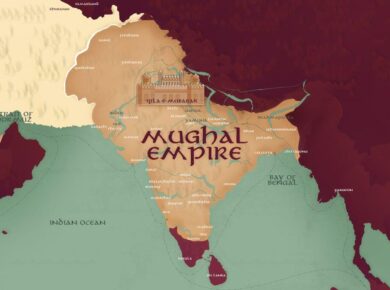
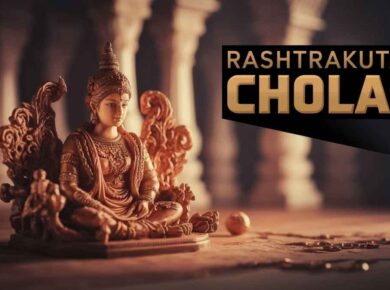

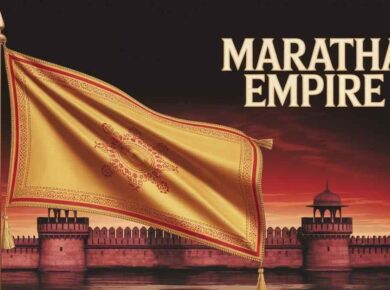
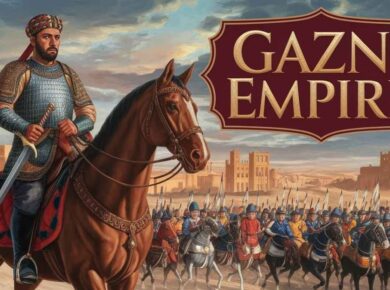
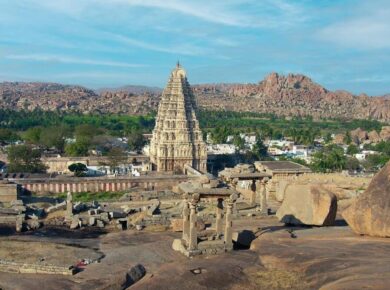
6 comments
thankyou very much to share the knowledge.
Nice!
Thank u
Thanks
excellent material and keep it up…..good wishes
awesomeeeeeeeeeeeeeeeeeeeeeeeeee!
you got my heart beat! <3